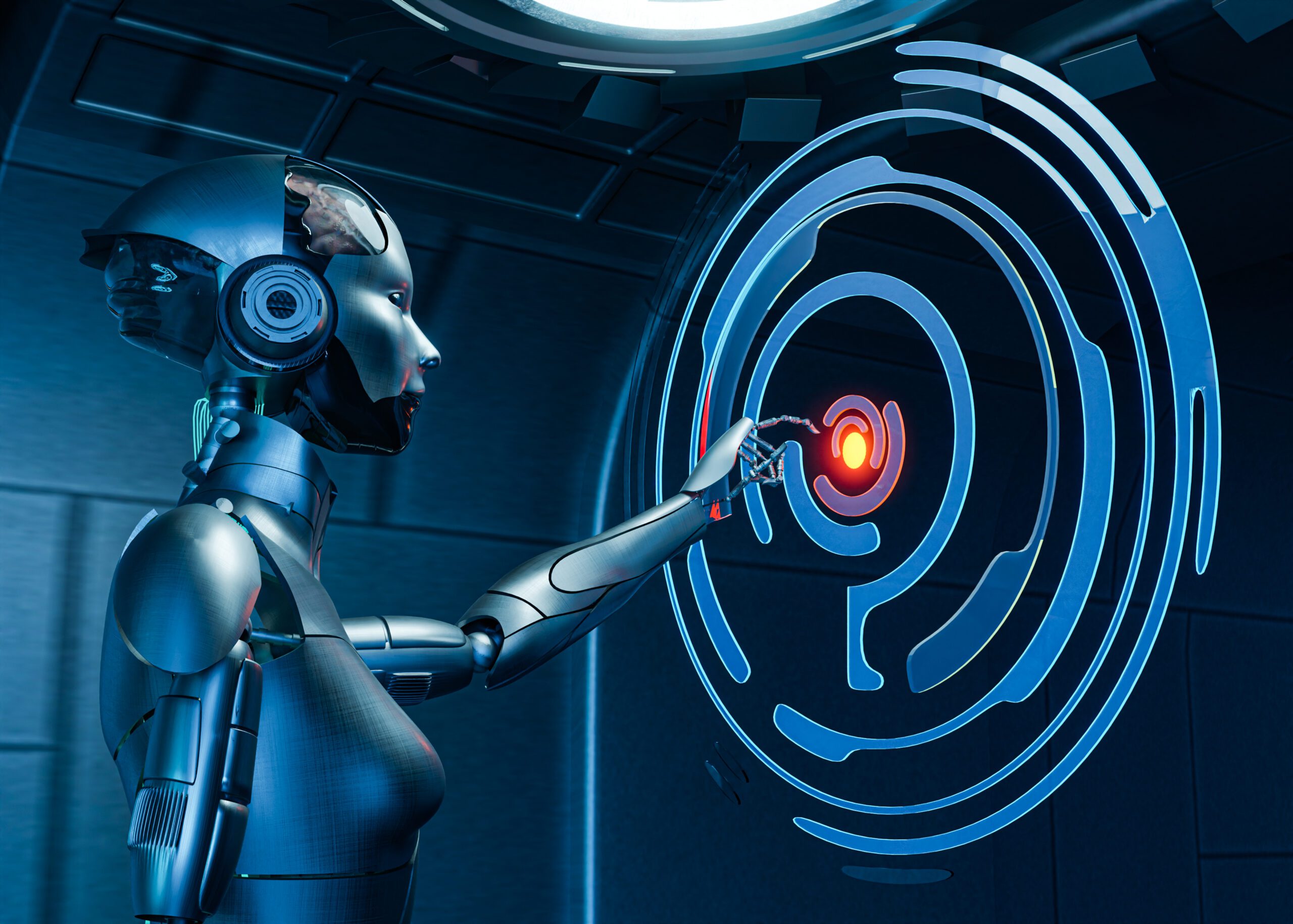In an era where technology is deeply woven into our daily lives, the concept of “Getting a Technology System in Modern Day” has become a hot topic. The following sections delve into the numerous aspects of this concept, exploring the fascinating world of modern technological systems and their impact on various industries and individual lives. We will also examine a few real-world applications and the future implications of these advanced systems.

Image Source: Unsplash
Section 1: Understanding Modern Tech Systems
Modern Technology Systems refer to the various digital platforms, tools, and strategies used to streamline tasks, optimize processes, and enhance productivity in today’s digital age. These systems range from simple software applications to complex artificial intelligence algorithms and machine learning models.
Subsection 1.1: The Power of Technology Systems
Technology systems are the driving force behind many of the advancements we see today. They serve as the backbone of various industries, powering everything from data analysis to automation and even virtual reality experiences. The power of these systems lies in their ability to process vast amounts of data, generate insights, and execute tasks at incredible speeds, often surpassing human capabilities.
Subsection 1.2: Industries Leveraging Technology Systems
Virtually every sector today leverages technology systems in one way or another. Industries such as healthcare, education, finance, and retail have witnessed a significant transformation due to the adoption of technology systems. These systems have enabled businesses to improve their operational efficiency, deliver better customer service, and drive innovation.
Section 2: The Advent of Advanced Technology Systems
One of the most exciting developments in the realm of technology systems is the advent of “Advanced technology Systems”. These systems, often powered by artificial intelligence and machine learning, offer unparalleled capabilities, making them a game-changer in various fields.
Subsection 2.1: Defining Advanced Technology Systems
Advanced Tech Systems refers to state-of-the-art technological solutions that use high-level algorithms, artificial intelligence, and other sophisticated methodologies to perform tasks that were once thought to be exclusive to human intelligence. These systems can learn, adapt, and improve over time, making them incredibly efficient and effective.
Subsection 2.2: Real-world Applications of Advanced Tech Systems
Advanced Tech Systems have found applications in a wide range of sectors. In healthcare, they’re used for everything from predicting disease outbreaks to personalizing patient treatment plans. In the financial sector, they’re used for fraud detection, risk assessment, and automated trading. They’re even used in creative fields like music and art, where they can generate original compositions and artwork.
Section 3: The Role of Data in Technology Systems
Data plays a crucial role in the functioning of technological systems, particularly advanced ones. In fact, data is the fuel that powers these systems, providing them with the information they need to carry out their tasks.
Subsection 3.1: Data Acquisition and Management
Data acquisition refers to the process of collecting data from various sources. The technology system then manages, cleans, and processes this data for use. Effective data management is critical to the success of any technology system, as it ensures the accuracy and reliability of the data used.
Subsection 3.2: Data Analysis and Interpretation
The system then analyzes the data after collecting and managing it. This involves various processes such as data mining, data modeling, and statistical analysis. The system interprets the data, extracting meaningful insights that can be used for decision-making or predicting future trends.
Section 4: The Human Element in Technology Systems
While technology systems are largely automated, the human element cannot be overlooked. Human oversight and intervention are often necessary to guide the system, particularly in complex or uncertain situations.
Subsection 4.1: Human-Machine Interaction
Human-machine interaction refers to the interaction between humans and technological systems. This can involve everything from inputting data into the system to using the system’s outputs to make decisions. Effective human-machine interaction is essential for the successful operation of any technological system.
Subsection 4.2: Ethical Considerations
With the increasing use of technological systems, particularly those involving AI and machine learning, ethical considerations have come to the forefront. Issues such as privacy, fairness, and transparency are crucial to address in order to ensure that these systems are used responsibly and do not cause harm.
Section 5: The Future of Technology Systems

The future of technology systems looks promising, with advancements in AI, machine learning, and other technologies paving the way for more sophisticated and powerful systems.
Subsection 5.1: Emerging Trends
Emerging trends in the field of technology systems include the increasing use of AI and machine learning, the rise of quantum computing, and the growth of edge computing. These trends are expected to shape the future of technology systems, leading to systems that are more intelligent, efficient, and capable than ever before.
Subsection 5.2: Future Implications
As technological systems continue to evolve, they are expected to have far-reaching implications. They could revolutionize various sectors, drive economic growth, and even change the way we live and work. However, they also pose challenges, such as potential job displacement due to automation and ethical concerns related to AI and data privacy.
In conclusion, “Getting a Technology System in Modern Day” is more than just a trending topic. It’s a phenomenon that’s changing the world as we know it. As we continue to embrace and harness the power of these systems, we can look forward to a future that’s more connected, efficient, and advanced.
 Data Science in Digital Marketing Data Science in Digital Marketing: Mechanism Examples, Benefits Data Science Meets Digital Marketing Magic
Data Science in Digital Marketing Data Science in Digital Marketing: Mechanism Examples, Benefits Data Science Meets Digital Marketing Magic
